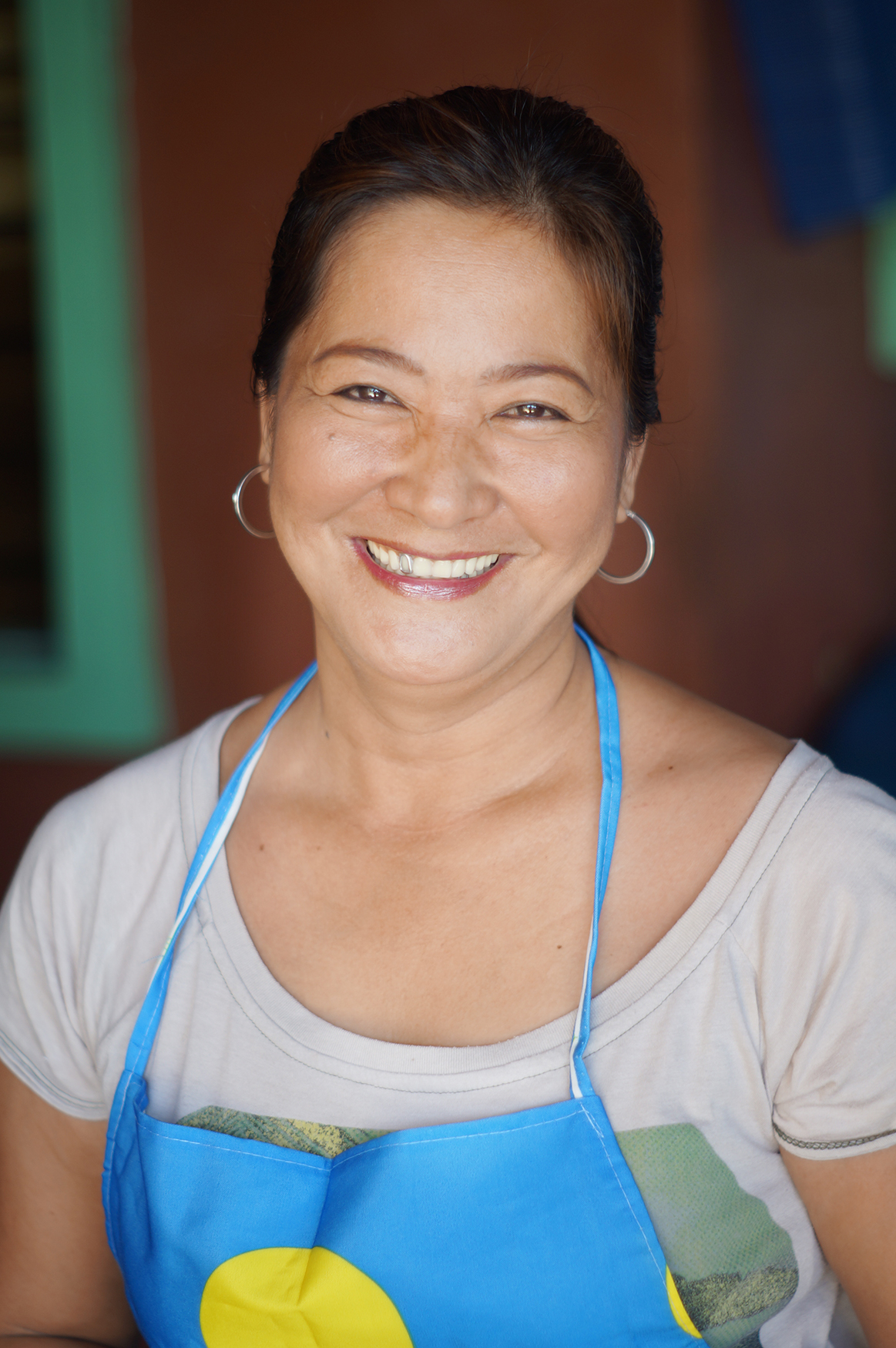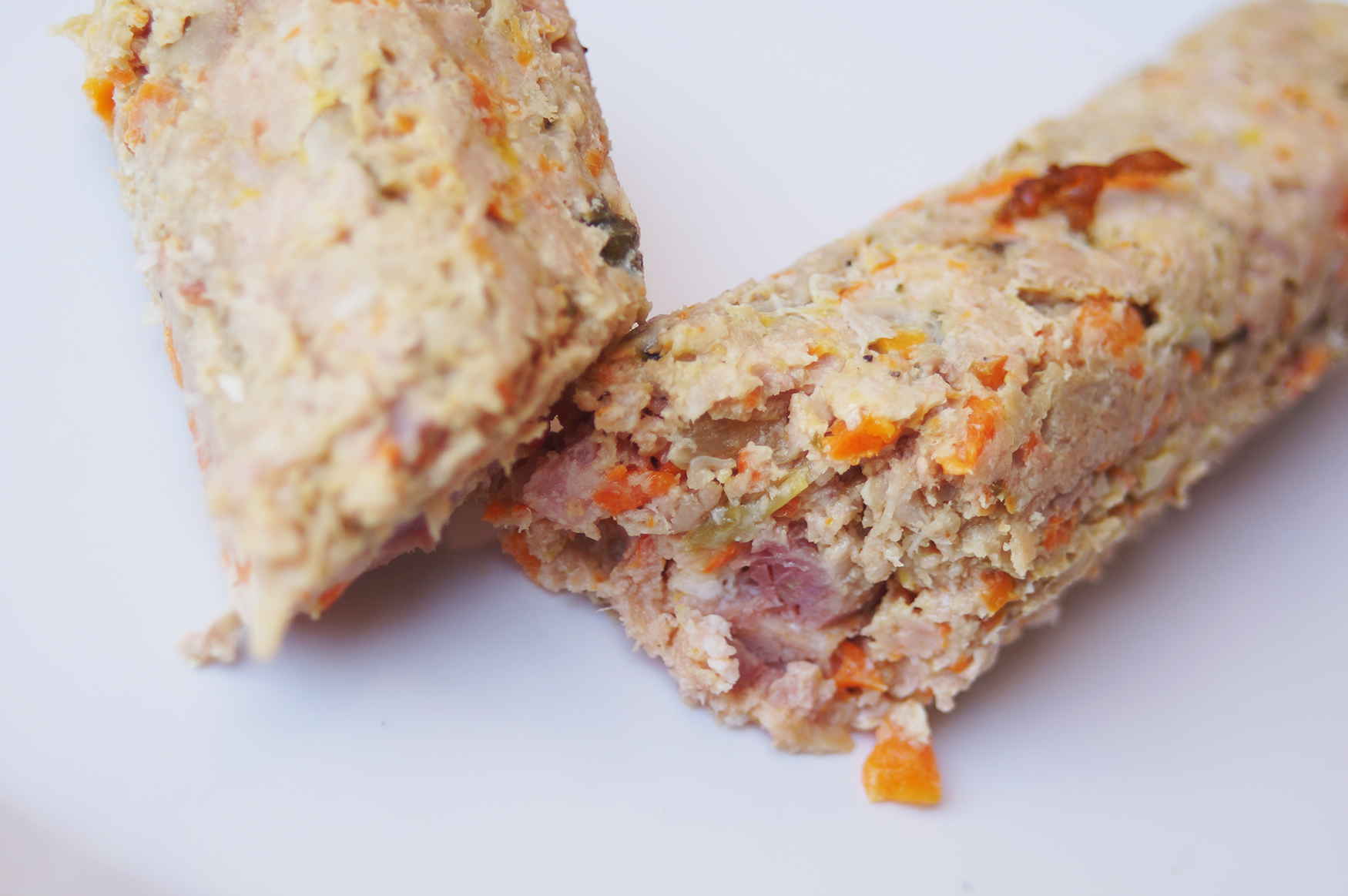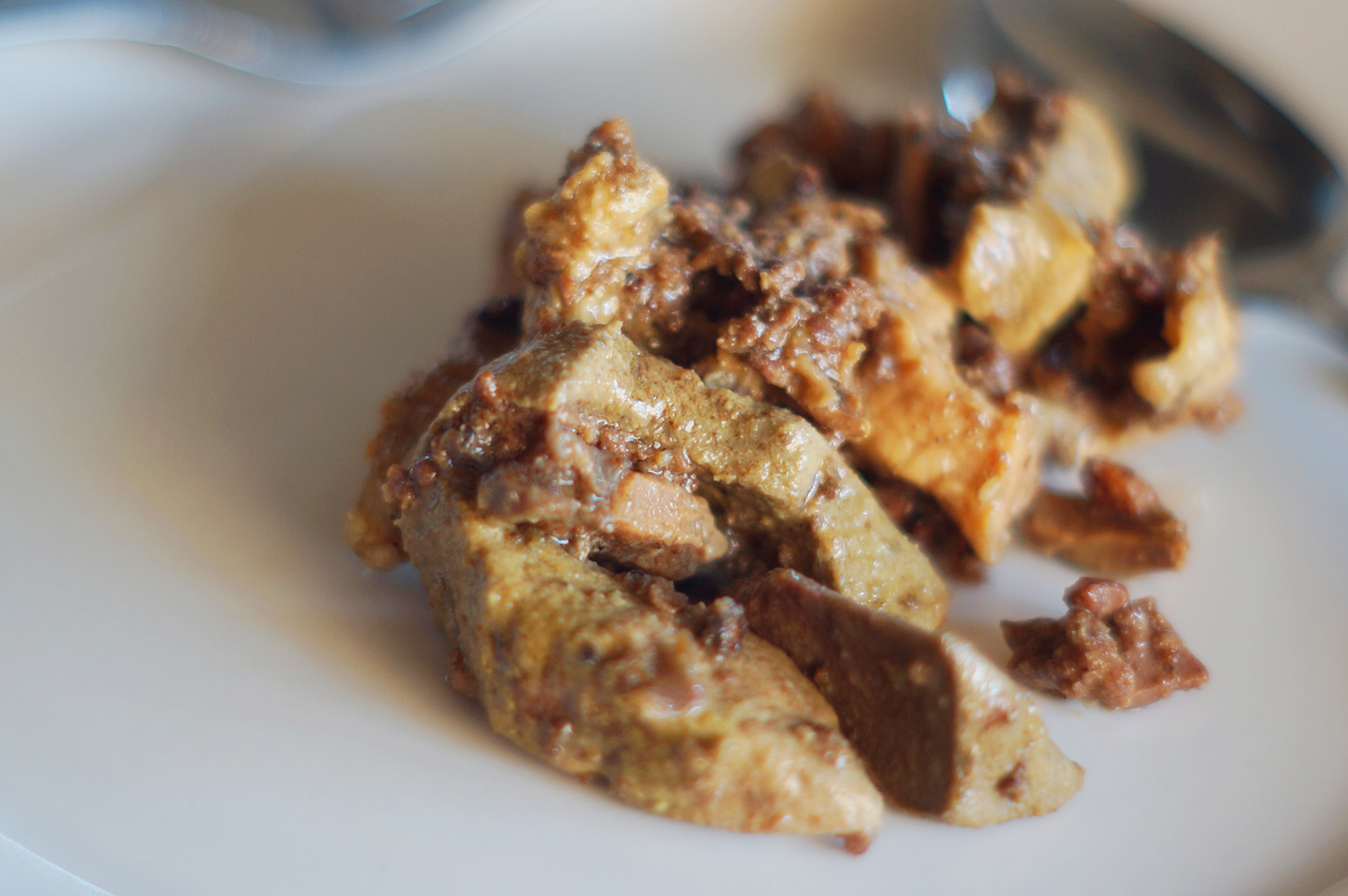April 12, 2023
Note: The 2013 article is a tribute to Atching Nancy Colis, the lovely mother of my friend, renowned model, and beauty queen Ann Colis. Atching Nancy passed a year ago, but her cooking legacy lives on in the form of evocative memories for her family to cherish.

My need to write about food coincided with my desire to find authentic Kapampangan delicacies prepared by any available local talent, as the upcoming holiday season involves a celebration of ergonomic delights. Especially prevalent in Pampanga’s rural communities, these skilled individuals use a traditional, home-style approach to cooking that has been passed down through the generations.
In Divisoria, Mexico, Pampanga, some 5 kilometers outside of its town proper, I met Atching Nancy Maniego Colis, 45, who generously offered her family’s secret recipes for some of the province’s most beloved foods. Mrs. Colis, the wife of an overseas Filipino worker and the mother of four, has been a passionate cook for as long as she can remember and has always wanted to have her own carinderia. “I’ve always known that I wanted to go to culinary school since I enjoy cooking so much from a young age. “I learned this from my parents and grandparents, who both enjoy cooking,” she explained.
Photo: Atching Nancy Maniago Colis
She said that her “Maniego” surname was originally Maniago, but that she and her siblings changed it to “Maniego” to avoid teasing from classmates and playmates when they were young, because “Maniago” is a much more common surname in the town of Mexico. “Since “Maniago” has such a bad connotation in Kapampangan (it means trusting through the horn), we were frequently bullied at school. “So my older brother sought the advice of lawyers and had our derogatory surname changed,” Nancy explained.
Mrs. Colis had made three delicious dishes and offered to share the recipes with me when I visited her home. It started with kilayin, moved on to leche plan, PB&J, and finally embotido.
Embotido
Colis starts by purchasing lean pork (called “laman pepe” in Kapampangan) and discarding the fat in preparation for creating embotido. She then takes it to the gilingan in the wet market to save time in the kitchen. When the ground pork is done, she adds other ingredients like vegetables, cheese, bread crumbs, eggs, pepper, and salt to taste. In place of the standard Chorizo de Bilbao, however, she uses a secret ingredient that she produces herself but cannot share for fear of giving away her unique selling point. She wraps it in foil, forms it into a roll, and then boils it. “Regular customers come to our house to buy in bulk, so we make more than a hundred of these and store them in a refrigerator,” she explained.
Peanut Butter
“I only buy the native peanuts in the market because the peanuts’ soft rind is added to the grinder,” Colis explained of her first way of making peanut butter. She then incorporates margarine and special creams into the mixture. The peanut butter made at Colis’, on the other hand, may sit on the shelf for up to three weeks without going rancid or releasing any oil. “Most of our customers are home cooks who enjoy making kare-kare with our product. Her homemade peanuts, which she proudly claimed, were superior to store-bought brands because of their “real taste,” which came from the absence of fake chemicals, and their texture, which made them twice as spreadable.
“I don’t just cook to make money; that’s not why I do it. When I cook, I eat. In fact, I will not cook with any ingredients that I do not enjoy, even if they are the traditional ones.”
-Nancy colis
Kilayin
Colis made a fantastic kilayin that I devoured for lunch. Unlike most kilayin, which has an oily texture, Colis’s kilayin has a tangy flavor, and she’s generously revealed her secret technique. She begins by removing the ramish (malanam) flavor by sautéing and boiling the ground lungs of the hog until they turn crackling (mamulutuk in Kapampangan). She then adds the dish’s main component, vinegar, which was used to marinate the liver. Next, the liver is ground in a grinder (gilingan) until it resembles a spread. This condiment will serve as the key kick that makes the dish delicious. She will let it boil for a long time without stirring, allowing the meat to absorb the vinegar.
Leche Plan
In this recipe, Mrs. Nancy Colis concedes that her method is similar to that of other Pampanga leche pancake manufacturers, albeit with a smaller amount of lemon (dalayap). Since eggs are a common commodity and can be purchased at any grocery store, “the method in doing leche flan is more archetypal. The only difference could be the milk you use and the amount of sugar you pour,” she said.
According to Nancy Colis, all of the dishes she prepares are ones she enjoys eating herself. “I don’t just cook to make money; that’s not why I do it. When I cook, I eat. In fact, I will not cook with any ingredients that I do not enjoy, even if they are the traditional ones. Common leche plan ingredients include dalayap (lemon), but I leave it out since I don’t like the way it tastes. I take pride in my cooking and never give in to compromise. ”It just so happens that a lot of people come to me and love the taste, and I’m delighted for that,” she said.
Reference: Banal, J. (2013, November 8). The Embotido and other recipes in Divisoria, Mexico. Headline Gitnang Luzon. Retrieved April 13, 2023, from https://www.headlinegl.com/

